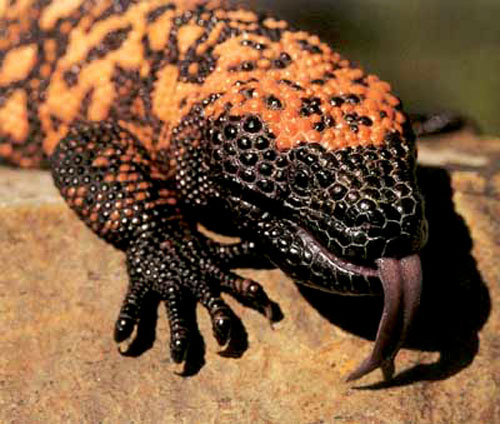The short beaked echidna (Tachyglossus aculeatus), also known as the short nosed spiny anteater, is a monotreme found in Australia as well as parts of New Guinea. It is one of the three egg laying mammals, the others being the long beaked echidna and the platypus.
Physical Features
The short beaked echidna is a short legged animal covered with large yellowish spines over dark brown thick fur. It has an elongated snout with a long tongue which enables it to scavenge for ants and other insects. Its large spines protect it from predators while its strong and stocky limbs allow it to dig burrows quickly. The short beaked echidna can grow to a length of anywhere between 30 cm and 50 cm and can easily weigh 5 kg. These echidnas have shown many physical adaptation to various situations. They can tolerate air with low levels of oxygen which allows them to live in burrows or survive forest fires. They are also known to dive under water in case of floods. During this period, they slow down their heart rate in order to provide maximum oxygen to the heart and brain. Their body also allows them to undertake hibernation during winter periods during which their body temperature can fall to as low as 4°C .
Distribution and Habitat
Short beaked echidnas are found all over Australia and Tasmania. It is also present in southern parts of New Guinea. They inhabit forested areas, scrub regions and even rocky landscapes. They are also seen in urban parks and gardens though not frequently.
Behavior
 |
| An echidna curling up into a ball to fend off a fox attack |
Conservation Status
Short beaked echidnas are abundant in most of its range. The main threats they face are habitat destruction and motor vehicle accidents. Many invasive species such as cats and foxes prey upon short beaked echidnas. They are rated as 'Least Concern' by the IUCN.










